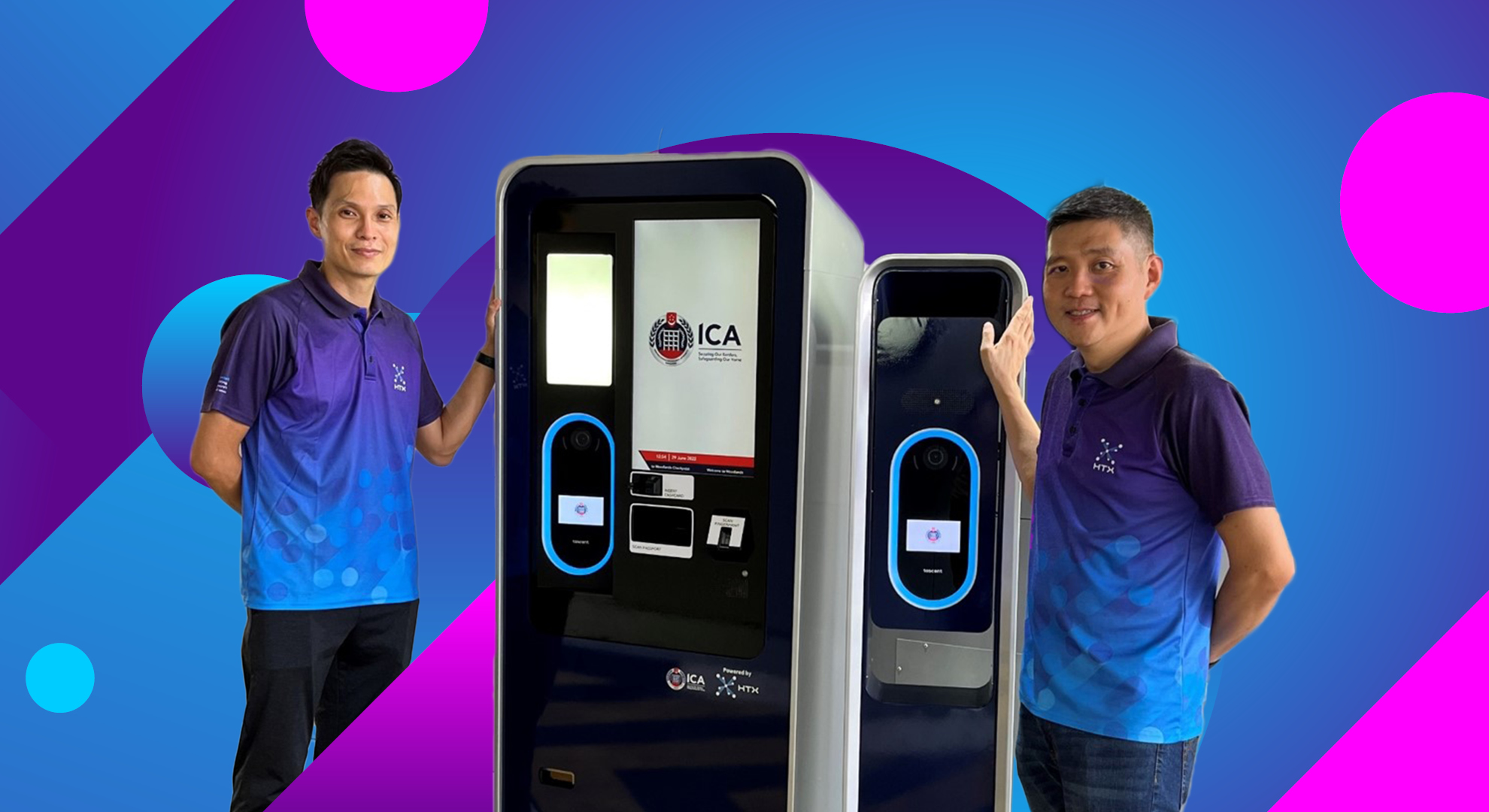
Ever so often, it can be helpful for Xponents to take a step back and assess whether our projects are aligned with the HTX mission. This is especially so when we feel overwhelmed and need to renew our sense of purpose. The three parts of the mission give us a quick checklist we can use to confirm our alignment.
First, does our project advance Science and Technology? There are different ways to accomplish this. For example, we may promote STEM education among the young; we may encourage young or mid-career talents to consider STEM careers at HTX; or our projects may advance the boundaries of scientific and technological knowledge.
One good example is the Automated Passenger In-Car Clearance System (APICS), which was developed by HTX in collaboration with ICA. The development of APICS involved our engineers from Robotics, Automation & Unmanned Systems (RAUS) Centre of Expertise (CoE), Biometrics & Profiling CoE, and Human Factors & Simulation CoE discovering through user trials the ideal set of sensors that are best suited for the congested traffic at Woodlands checkpoint.
For instance, an earlier prototype that incorporated robotic arms equipped with contact-based biometric sensors was later replaced with an improved prototype which used contactless facial and iris scanners. By discovering the best technological solution for this complex problem, the project certainly advanced Science and Technology!
Second, does our project force multiply the Home Team? Ideally, our solutions should enable Home Team officers to do exponentially more than what they were able to do before. Daniel Teo, Deputy Director (3i), RAUS CoE, highlights the force multiplying effect of APICS: “This unmanned system, which can be duplicated in numbers and operates 24/7, will allow ICA to enhance their operational efficiency and yet reducing their reliance on manpower.”
The injections of new science and technology solutions would create a force multiplying effect that enable the Home Team to operate more efficiently.
Cheng Wee Kiang, Director, RAUS CoE, elaborates: “With APICS, we have integrated and tested several automation, detection and biometric technologies to enable a seamless and contactless immigration clearance process in the near future for car travellers. The injections of new science and technology solutions would create a force multiplying effect that enable the Home Team to operate more efficiently.”
Third, does our project secure Singapore’s future? The answer to this question will require foresight, as we will need to predict the long-term implications of our work, especially whether our projects will strengthen or weaken Singapore in the long run.
If we consider the long-term implications of APICS, we can foresee with confidence that it will lead to the strengthening of Singapore’s border security, as the automated biometric screening regime will provide a greater degree of precision and consistency than the current process. In addition, with APICS taking over a laborious part of the screening process, our ICA officers will have much more time to focus on the complex array of threats to Singapore’s border security.
We are always seeking inquisitive and innovative individuals to co-create extraordinary solutions with us.
Join us to be at the forefront of the finest tech capabilities in the field! Join Us

